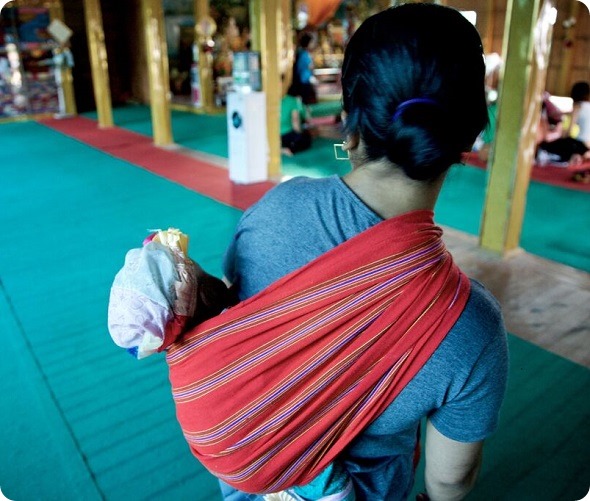The Asia–Pacific region has made significant progress in efforts to eliminate HIV and syphilis, but thousands of mothers and children have yet to feel the benefits.
Addressing this gap will be a key area for discussion at the 10th Asia-Pacific United Nations Elimination of Parent-to-Child Transmission of HIV and Syphilis Task Force meeting in Beijing, China, this week. Senior government representatives and experts from 20 countries will explore ways to eliminate parent-to-child transmission of HIV and syphilis, including improved detection rates and strengthened adherence to HIV treatment programmes.
New HIV infections among children have declined by nearly one third from 2000 to 2014. More pregnant women living with HIV are being diagnosed and treated than ever before. The proportion of HIV positive pregnant women receiving treatment more than doubled between 2010 and 2014. However, infection rates are still increasing in some countries.
Untreated, HIV positive women have an up to 45 percent chance of transmitting the virus to their children. According to a recent UNAIDS report “How AIDS Changed Everything”, there were 21,000 new infections among children in the Asia-Pacific region in 2014 alone – an average of 57 a day. With proper treatment, the risk of a mother transmitting the virus falls to about 1 percent.
Syphilis testing and treatment are lagging behind HIV, both in policy and in practice. Two thirds of the region’s countries recommend syphilis testing and support for women, but actual levels of testing vary widely.
Syphilis can cause serious complications for pregnant women and unborn children, including early foetal loss, stillbirth, neonatal death, low birth weight and serious neonatal infections. Simple cost-effective screening during pregnancy followed by effective treatment options like penicillin can dramatically reduce the risk of these complications.
Dr Shin Young-soo, the World Health Organization (WHO) Regional Director for the Western Pacific, said:
Every single pregnant woman deserves access to HIV and syphilis testing and treatment. Only strong government leadership, dedication and commitment will guarantee both healthy mothers and children are born free of HIV and syphilis.”

Closing the treatment gap
Children living with HIV often do not get the services they need. Only one in four of children born to HIV-positive mothers in the East Asia-Pacific region were tested soon after birth, and only around half of the infants identified as HIV–positive receive the treatment they need.
Daniel Toole, UNICEF’s Regional Director for East Asia and the Pacific, added:
No parent or child can be left behind as we push to eliminate HIV and syphilis once and for all. We must all ensure that even the hardest to reach children and families have access to effective testing and treatment.”
An HIV-positive woman can transmit the virus during pregnancy, delivery or breastfeeding. A schedule of interventions known as “prevention of parent-to-child transmission of HIV,” or PPTCT, provides drugs, counselling and psychological support to help women living with HIV safeguard their infants against the virus.
“If countries in the Asia-Pacific region redouble their efforts and ensure all pregnant women living with HIV are tested early in their pregnancy and receive treatment, then we can reach zero new HIV infections in children,” said Steve Kraus, Director of the UNAIDS Regional Support Team for Asia and the Pacific.
In June 2015, Cuba became the first country in the world to receive validation from WHO that it had eliminated parent-to-child transmission of HIV and syphilis.
Mr. Kraus continued:
Cuba has proven to the world this is possible and I challenge countries in this region to show their commitment to an AIDS-free generation.”
Source:
Asia-Pacific ePTCT task forceAsia-Pacific ePTCT task force